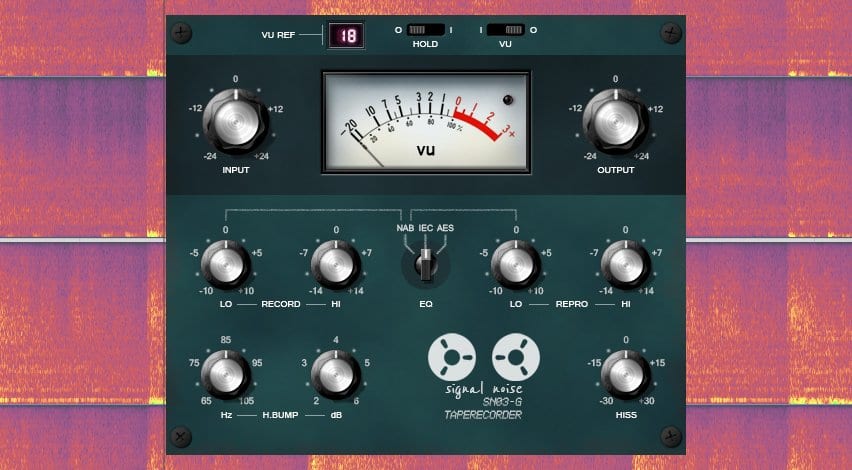Introduction and Setup:
Overview of the violin, its elements, and tips on how to correctly hold it.
Explanation of the bow, its parts, and the proper bow hold.
Introduction to the different strings and their names.

Basic Techniques:
Bowing techniques, including bow strokes like the down-bow and up-bow.
Left-hand methods for producing completely different pitches, corresponding to finger placement on the fingerboard.
Learning to supply a clear and consistent tone.
Reading Sheet Music:
Introduction to fundamental music notation, including notes, rests, and time signatures.
Learning to read sheet music particularly for the violin.
Visit this link and Exercises:
Practice of scales in various keys to develop finger strength, dexterity, and intonation.
Technical exercises to improve bow management and coordination.
Etudes and Pieces:
Introduction to etudes (musical studies) that focus on specific technical challenges.
Learning simple tunes and pieces to use and reinforce the methods realized.
Ear Training:
Ear coaching exercises to assist college students recognize pitches and intervals.
Playing easy melodies by ear.
Musical Expression:
Dynamics, articulation, and phrasing to add musical expression to playing.
Interpretation of different kinds of music, from classical to people or contemporary.
Performance Practice:
Guidance on preparing for performances, together with stage presence and managing nerves.
Opportunities to carry out in entrance of the trainer or fellow students.
Music Theory (Optional):
Depending on the level and objectives of the coed, some introduction to music concept ideas could additionally be included, such as key signatures, scales, and harmony.
Advanced Techniques (as progress allows):
Vibrato, a technique that provides a fluctuation of pitch for expressive taking part in.
Double stops, playing two notes concurrently.
Pizzicato, plucking the strings as an alternative of using the bow.
Repertoire Building:
Expanding the repertoire to include extra complicated and challenging pieces.
Exploration of different musical genres and kinds.
Individualized Goals:
Tailoring lessons to the scholar's targets, whether they're targeted on classical music, modern types, or a mixture of genres.
It's necessary to note that the progression through these matters can differ based on the student's individual tempo and the educating type of the trainer. Regular follow outdoors of lessons is important for skill development and progress. Private lessons with a professional violin instructor or participation in group lessons can present a well-rounded strategy to learning the violin..
